Hotel Wi-Fi has earned its notorious reputation for being sluggish, unreliable, and downright maddening. Whether you’re attempting to stream content after exhausting business meetings or need to upload crucial files before a looming deadline, poor hotel internet can transform your travel experience into a digital nightmare. Fortunately, accepting terrible connection speeds as part of hotel life isn’t necessary.
Here is a list of 16 proven methods that can significantly boost your hotel Wi-Fi performance and make your online experience much smoother.
Restart Your Device

The oldest trick in the tech playbook remains remarkably effective for hotel Wi-Fi troubles. Your phone, laptop, or tablet might be holding onto network settings or cached data that are throttling your connection speed. A simple restart clears your device’s memory while forcing it to establish a fresh connection with the hotel’s network. This process often resolves conflicts between your device and the hotel’s router — conflicts you might not even realize are happening.
Clear Your Browser Cache

Your browser accumulates massive amounts of temporary files, cookies, and cached data that can seriously bog down your internet experience. When you’re on a hotel network that’s already struggling with bandwidth limitations, these stored files make everything feel even more sluggish. Clearing your cache gives your browser a clean slate to work with — think of it as digital spring cleaning. Most browsers allow you to do this quickly through their settings menu, though the difference in loading speeds can be quite dramatic.
Use Ethernet When Available
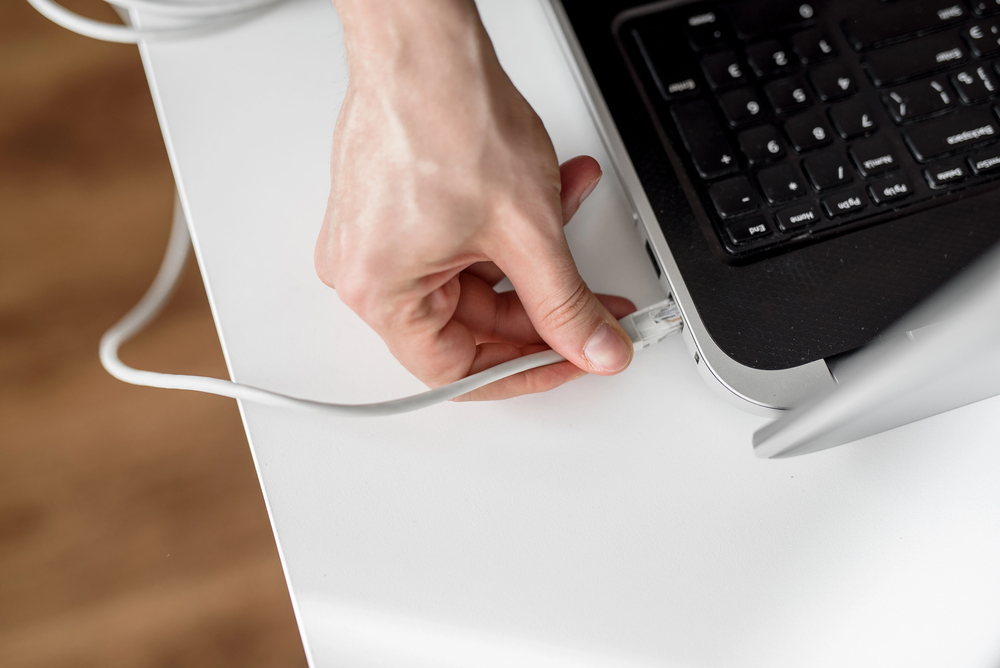
Many hotel rooms still feature ethernet ports, typically tucked away near the desk area or behind furniture. A wired connection bypasses the congested Wi-Fi airwaves entirely — giving you a direct line to the hotel’s internet infrastructure. It’s like taking a private elevator instead of waiting in line for the crowded public one. Even if you need to borrow or purchase an ethernet cable, the speed improvement often justifies the small investment.
Connect During Off-Peak Hours

Hotel Wi-Fi networks get absolutely hammered during certain times when everyone’s trying to get online simultaneously. Early morning hours, late evening, and mid-afternoon typically see fewer users competing for bandwidth. If you can schedule your heavy internet usage during these quieter periods — you’ll often discover significantly better speeds. It follows the same principle as avoiding rush hour traffic, yet timing makes all the difference in digital connectivity.
Choose the Right Network Band
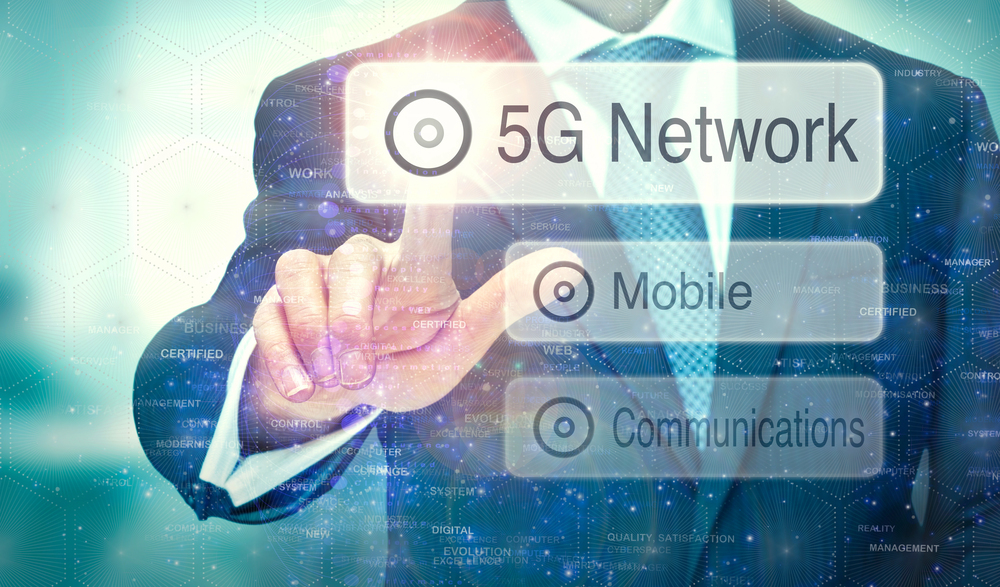
Most modern hotels broadcast their Wi-Fi on both 2.4GHz and 5GHz frequencies, though they might not advertise this technical detail. The 5GHz band typically offers faster speeds but shorter range — while 2.4GHz provides better coverage but slower speeds. If you’re positioned close to the router, connecting to the 5GHz network (often labeled with ‘5G’ or ‘5GHz’ in the name) can deliver a significant speed boost. When networks aren’t clearly labeled, try different variations of the hotel’s Wi-Fi name.
Change Your DNS Settings
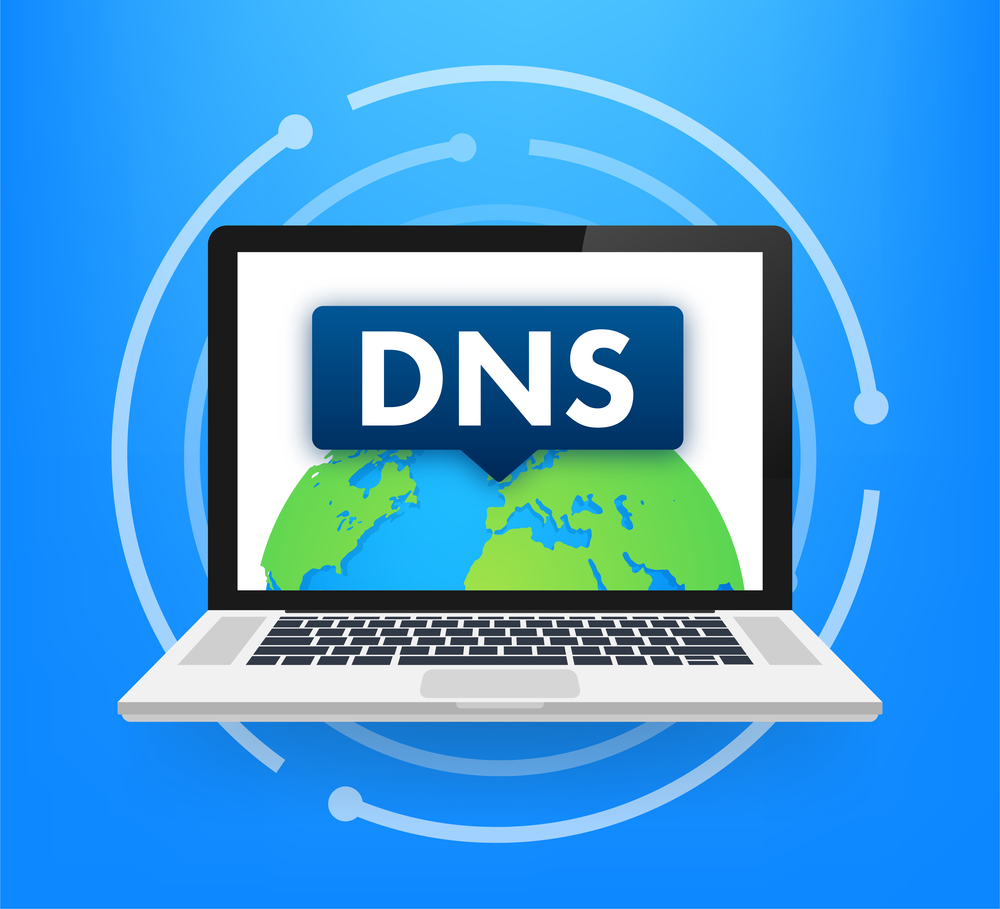
Your device uses DNS servers to translate website names into IP addresses — and hotel networks often rely on slow or overloaded DNS servers. Switching to faster public DNS servers like Google’s (8.8.8.8 and 8.8.4.4) or Cloudflare’s (1.1.1.1) can dramatically improve your browsing speed. This change takes just a few minutes in your network settings — but can make websites load much faster. It’s comparable to switching from a slow translator to a lightning-fast one.
Disable Automatic Updates
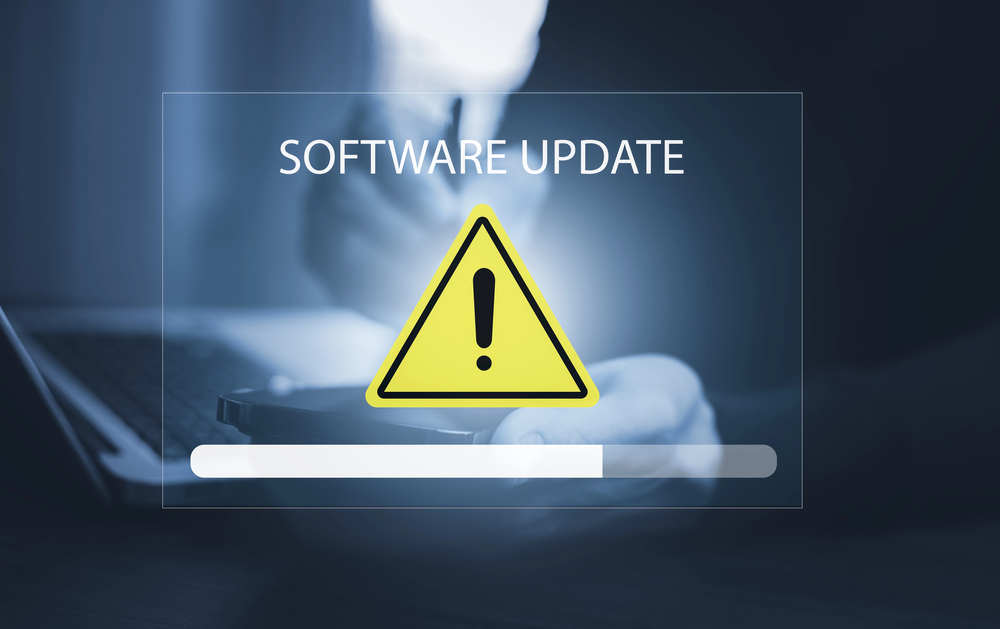
Your devices constantly attempt to download updates in the background, which can consume precious bandwidth on an already strained hotel network. Turn off automatic updates for apps, operating systems, and cloud syncing services while you’re connected to hotel Wi-Fi. This prevents your device from competing with itself for bandwidth — ensuring that the connection speed you have goes toward what you actually want to accomplish online.
Get Closer to the Router

Wi-Fi signals weaken significantly with distance and obstacles like walls, furniture, and other guests creating interference. If you can determine where the hotel’s Wi-Fi access points are located — positioning yourself closer can make a substantial difference. Sometimes this means working in the lobby instead of your room, or simply relocating to a different spot within your room. The signal strength indicator on your device can help guide you to that optimal sweet spot.
Use a VPN Strategically
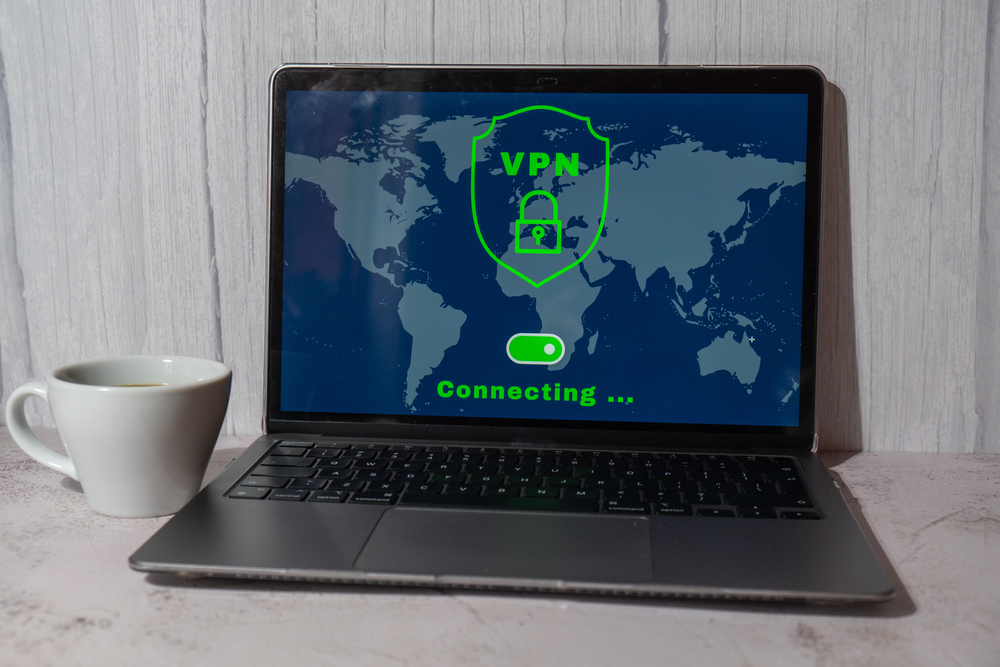
While VPNs can sometimes slow down your connection, they can also help in specific situations. Some hotels throttle particular types of traffic or websites — and a VPN can help bypass these restrictions effectively. Additionally, if the hotel’s local internet routing is inefficient, a VPN might actually provide a faster path to your destination. Try connecting with and without a VPN to determine which gives you better performance.
Limit Connected Devices
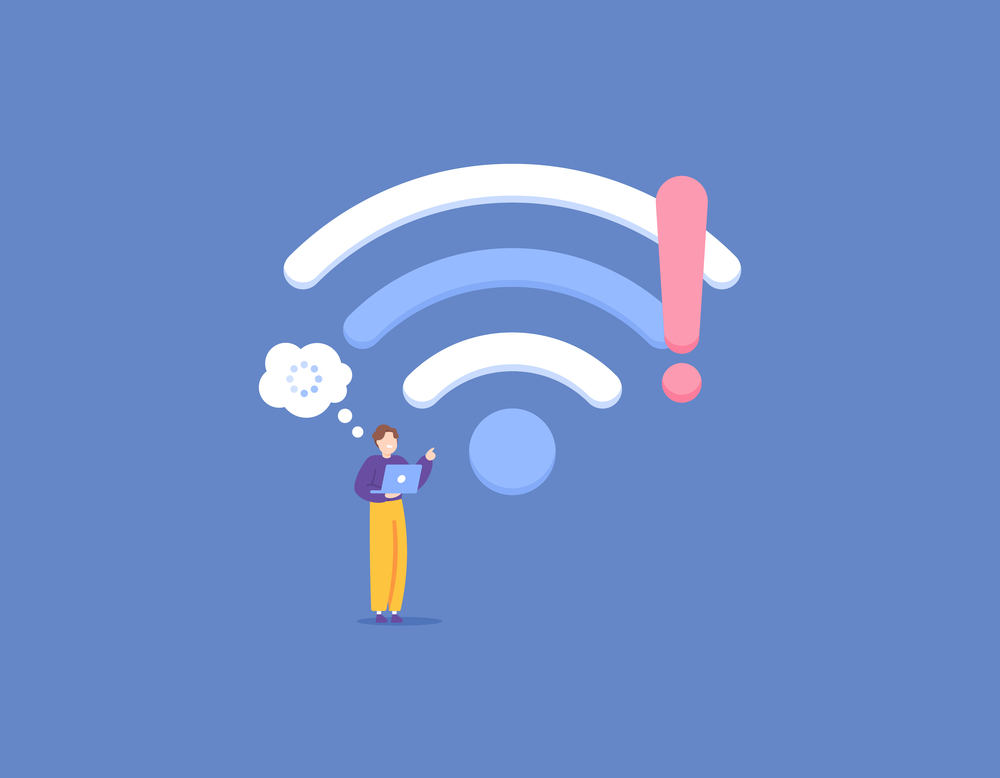
Every device you connect to the hotel Wi-Fi competes for the same limited bandwidth pool. If you have your phone, laptop, tablet, and smartwatch all connected simultaneously — they’re all fighting for the same piece of the pie. Disconnect devices you’re not actively using to give your primary device more breathing room. This becomes especially important if you’re traveling with family or colleagues who are also connecting multiple devices.
Use Mobile Data as a Backup

DepositPhotos
Sometimes hotel Wi-Fi performs so poorly that your cellular data connection actually delivers better results. Modern smartphones can create mobile hotspots that provide internet access to your other devices. While this uses your data plan, it can be a lifesaver when you need reliable internet for important tasks. Many travelers find that combining hotel Wi-Fi for light browsing with mobile data for critical work creates the best overall experience.
Contact the Front Desk

Hotel staff often have access to premium Wi-Fi networks or can reset network equipment that might be causing problems. Don’t hesitate to call the front desk if you’re experiencing consistently slow speeds. They might be able to provide access to a business-class network or relocate you to a room with better connectivity. Some hotels also have Wi-Fi boosters or extenders they can provide to guests in rooms with poor reception.
Optimize Your Browser Settings

Web browsers have various settings that can impact performance on slow connections. Disabling images, turning off JavaScript for non-essential sites, and using data-saving modes can help pages load faster. Many browsers also have ‘lite’ or ‘data saver’ modes specifically designed for slow connections. These settings might make websites look less polished, but they’ll load much more quickly on a struggling hotel network.
Try Different Browsers
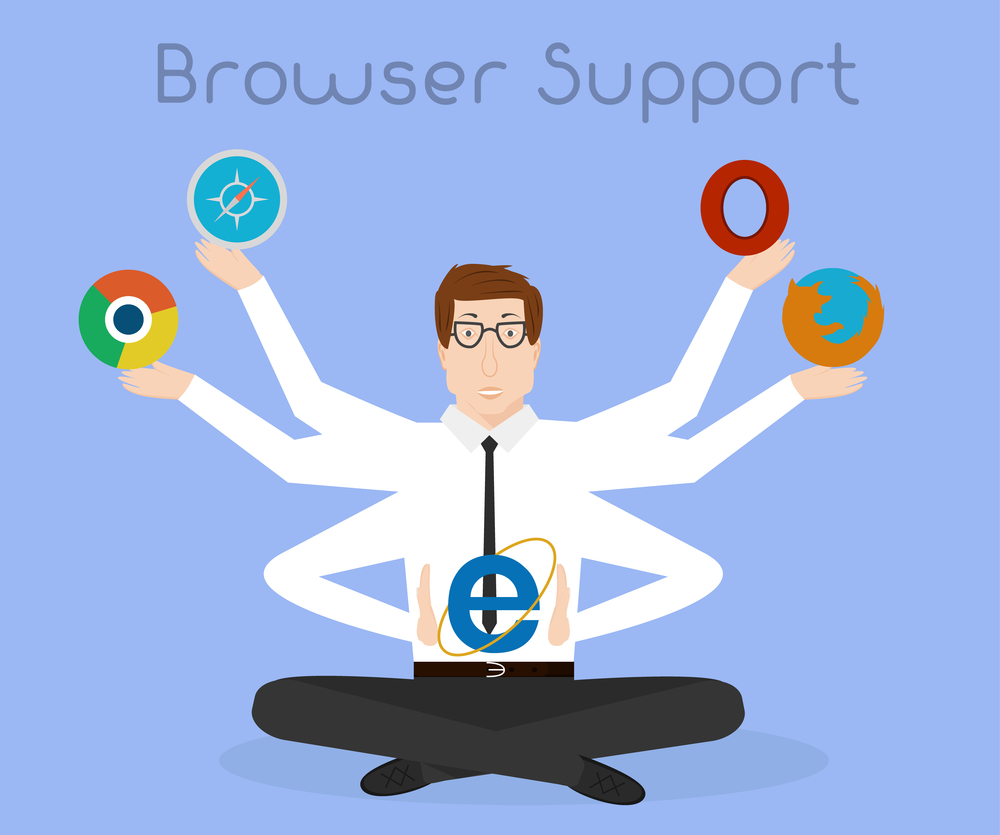
— Vector by kavusta
Different web browsers handle slow connections in various ways, and some are simply more efficient than others. If your usual browser is crawling along, try switching to a different one. Chrome, Firefox, Safari, and Edge all handle network optimization differently. Some browsers are better at compressing data or managing multiple connections, which can make a noticeable difference on a slow hotel network.
Use Offline Modes
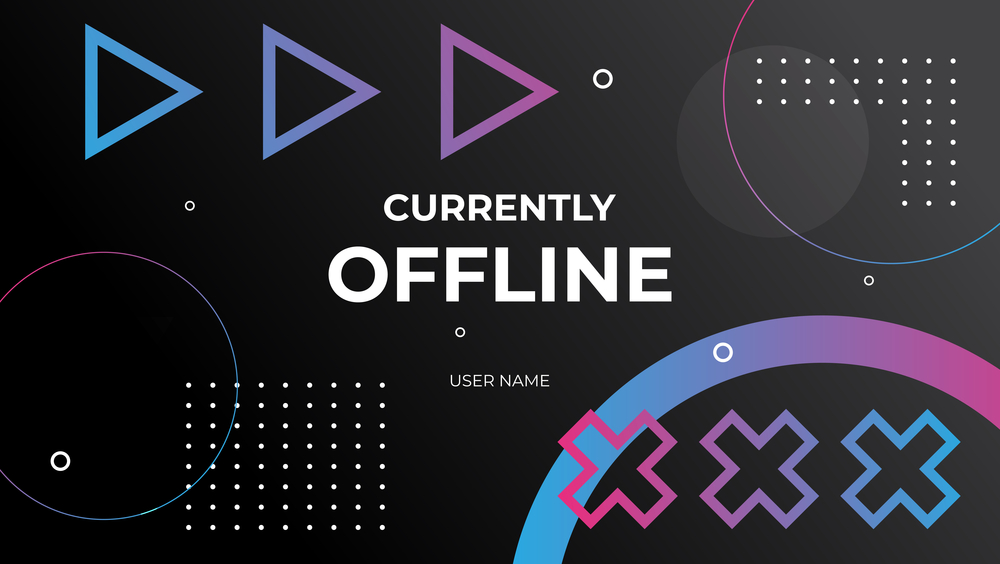
DepositPhotos
Many apps and services offer offline modes that can reduce your dependence on a slow internet connection. Download maps, music, videos, and documents while you have a decent connection, then use them offline later. This strategy proves particularly useful for entertainment content. Downloading a movie during off-peak hours means you can watch it later without worrying about buffering or connection drops.
Reset Network Settings
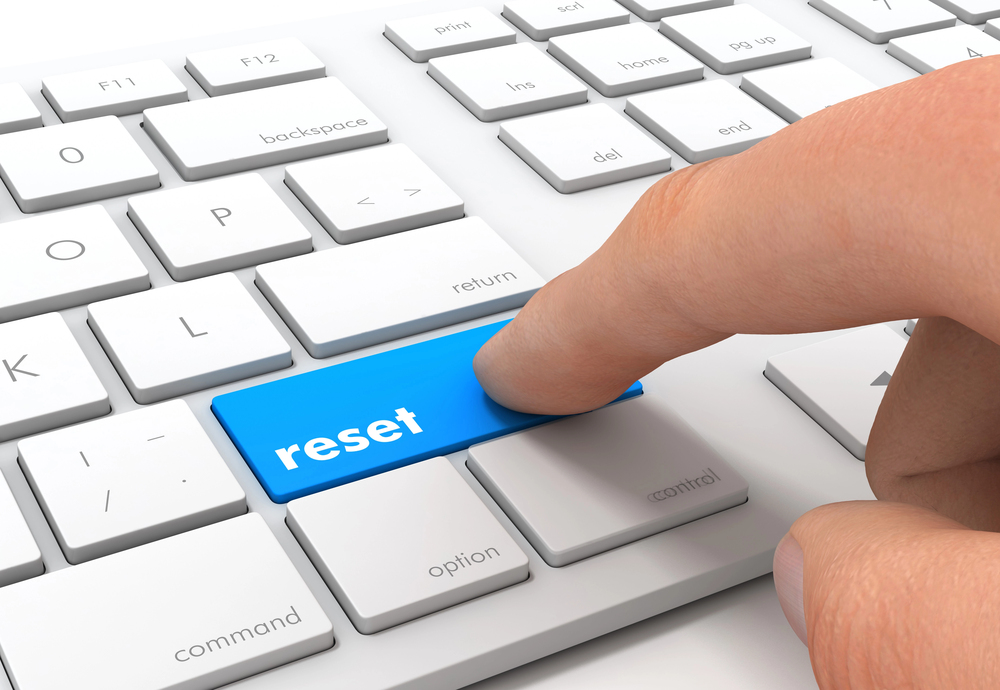
If you’ve tried multiple hotels and consistently have connection issues, the problem might be with your device’s network settings rather than the hotel Wi-Fi itself. Resetting your network settings clears out saved networks, passwords, and network configurations that might be causing conflicts. This is a more drastic step that requires re-entering all your Wi-Fi passwords, but it can resolve persistent connection problems that other methods can’t fix.
Making Hotel Wi-Fi Work for You

These methods work because they address the most common bottlenecks in hotel internet systems — network congestion, device conflicts, and inefficient routing. While you can’t control the hotel’s internet infrastructure, you can optimize how your devices interact with it. The combination of timing, positioning, and smart device management can transform a frustrating connection into a workable one, making your next hotel stay much more productive and enjoyable.
More from Travel Pug

- 20 Best Beach Towns in the Carolinas
- 13 Destinations Where Tourists Regularly Regret Their Trip
- 20 Things You Actually Get in First Class
- 20 Small Airports With Aviation Museums
- 20 Places in the U.S. That Are Perfect for a Reset Trip
Like Travel Pug’s content? Follow us on MSN.
